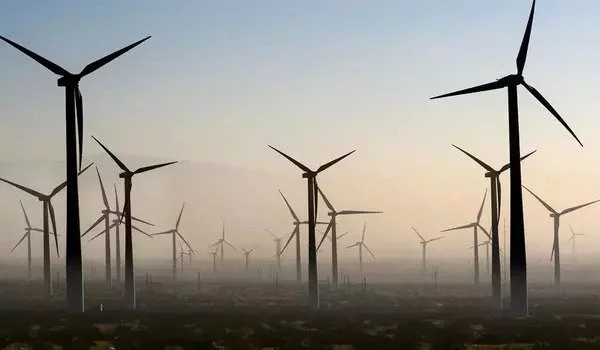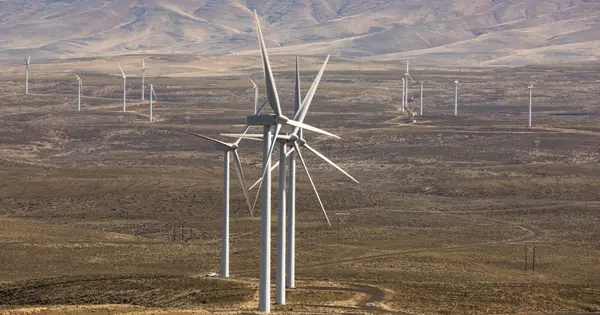Wind is a renewable energy source. Overall, using wind to generate energy has fewer environmental consequences than many other energy sources. Wind turbines do not emit pollutants into the air or water (except in rare cases), and they do not require water for cooling. Wind turbines may also reduce the amount of electricity generated from fossil fuels, resulting in lower total air pollution and carbon dioxide emissions.
According to new research, implementing advanced wind energy scenarios could result in a reduction in global warming atmospheric average temperatures of 0.3 to 0.8 degrees Celsius by the end of the century.
According to new Cornell University research, implementing advanced wind energy scenarios could reduce global warming atmospheric average temperatures by 0.3 to 0.8 degrees Celsius by the end of the century.
“Early action will pay dividends,” said Rebecca Barthelmie, professor of mechanical and aerospace engineering at the Sibley School of Mechanical and Aerospace Engineering. “In terms of mitigating the worst effects of climate change, our findings show that accelerating wind-energy technology deployment is a logical and cost-effective component of the necessary strategy. Waiting any longer will necessitate more drastic action.”
Our work shows that it is feasible for the United States to accelerate its deployment of wind energy, to substantially reduce carbon dioxide emissions and that will make a real difference to the kind of warming that the world endures.
Professor Rebecca Barthelmie
The study was co-authored by Barthelmie and Sara C. Pryor, professors in the Department of Earth and Atmospheric Sciences. Climate is the journal where it was published. Other greenhouse gas reduction strategies, they say, will be required to avert environmental disaster.
The Intergovernmental Panel on Climate Change (IPCC) Working Group I Sixth Assessment Report, released in early August, stated that climate change is rapid and intensifying and that the Earth’s atmosphere could add 1.5 degrees Celsius of average warming by 2040. The IPCC report stated that transformational change is required to avoid further warming.
“Our work shows that it is feasible for the United States to accelerate its deployment of wind energy,” Barthelmie said, “to substantially reduce carbon dioxide emissions, and that will make a real difference to the kind of warming that the world endures.”

According to Pryor, global wind resources exceed current electricity demand, and the cost of energy from wind turbines has dropped dramatically. “It makes perfect sense to deploy wind energy quickly as a key component of decarbonizing the electricity supply,” she said.
The global wind energy industry is expanding. Since 2005, the total installed capacity of global wind energy has grown at an annualized rate of 14 percent in Asia, Europe, and North America. According to the paper, global wind energy electricity production increased from 104 terawatt-hours (one trillion watts for one hour) in 2005 to 1,273 terawatt-hours in 2018.
While the wind drought is only expected to last a short time, understanding changes in wind speed appears to be critical as countries continue to invest in wind energy. According to a study on the increasing sensitivity of power systems to climate variability, long-term, year-to-year fluctuations should be taken into account more, especially as renewables expand.
Wind energy supplied approximately 6.5 percent of the world’s 26,600 terawatt-hours of electricity demand in 2019. Six countries generate more than 20% of their demand, with the United Kingdom, Germany, and Spain on track to meet 20% of their demand with wind energy. Wind energy accounts for approximately 5% of China’s electricity supply.
According to the US Energy Information Administration, the United States generates 8.4 percent of its electricity from wind as of 2020, with six states (Texas, Iowa, Oklahoma, California, Kansas, and Illinois) containing more than half of the wind energy capacity.
Wind turbines are now installed in 90 countries, generating about 7% of global electricity, according to Barthelmie, and the installed capacity of wind energy continues to grow. Solar and wind energy have become less expensive than fossil fuels. “There are no longer any arguments for not making this kind of change,” Barthelmie said. “Advanced deployment scenarios are technically and economically feasible. More political will is required.”
















